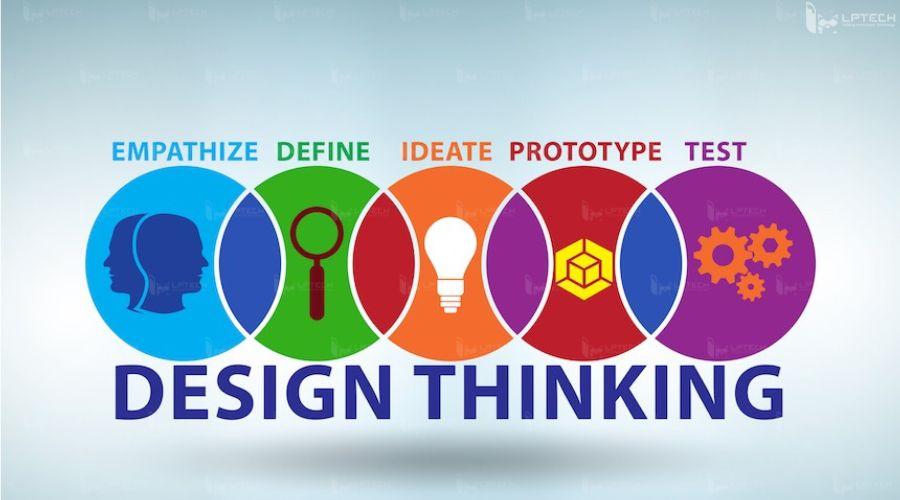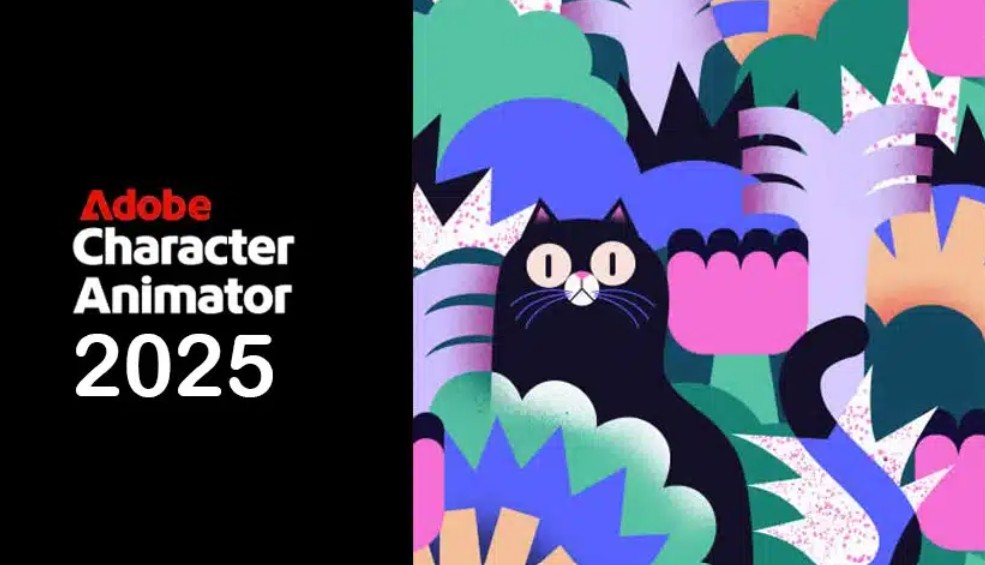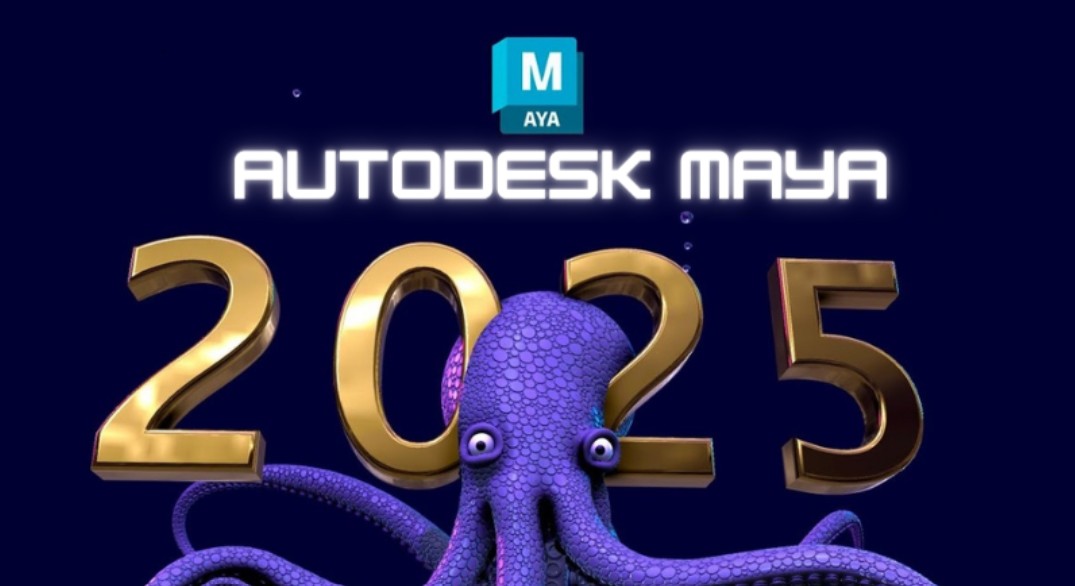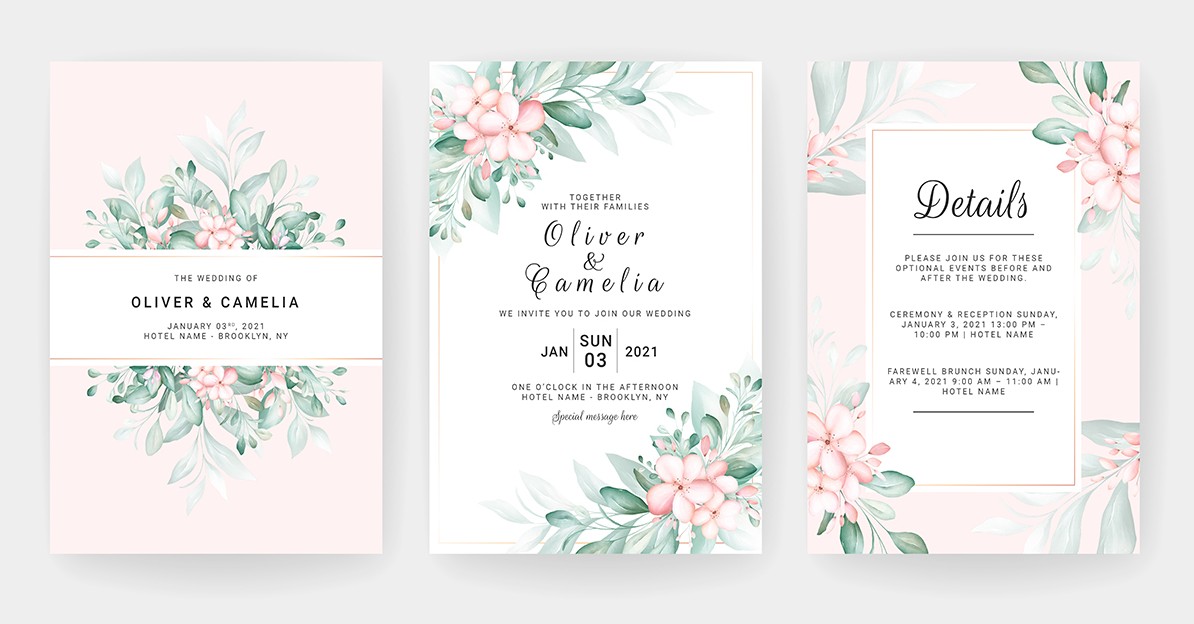Best Selling Products
Design Thinking and Visual Thinking: Impact on the Design Process
Nội dung
- 1. What is Design Thinking?
- 2. What is Visual Thinking?
- 3. The Difference Between Design Thinking and Visual Thinking
- 3.1 Objectives
- 3.2 Scope of use
- 3.3 Process
- 4. The Impact of Design Thinking on Design
- 4.1 Create a better user experience
- 4.2 Encourage creative thinking
- 4.3 Effective problem solving
- 5. The Impact of Visual Thinking on Design
- 5.1 Enhance communication skills
- 5.2 Helps organize information
- 5.3 Encourage creative thinking
- 6. The Combination of Design Thinking and Visual Thinking in Design
- 7. Conclusion
Explore Design Thinking and Visual Thinking, two powerful design methodologies that help solve problems and innovate in design. Learn how they influence the modern design process.

Design Thinking and Visual Thinking are two prominent methods in design that help solve problems creatively and effectively. Each method brings its own advantages and has a profound impact on the way designers build products, interfaces and user experiences. In this article, sadesign will analyze Design Thinking and Visual Thinking in detail, along with their impacts on the design industry.
1. What is Design Thinking?
Design Thinking is a user-centered, creative problem-solving approach developed and popularized by designers and creative thinkers at major universities and companies around the world, such as Stanford and IDEO.
.jpg)
Design Thinking is not just a design process, but a way of thinking and working that helps designers approach problems from many different angles. This method focuses on understanding user needs, creating innovative solutions and continuously testing to find the best solution!
This method focuses on deeply understanding user needs, clearly defining the problem, and applying creative thinking to develop ideas. The Design Thinking process usually includes five main stages: empathize, define, ideate, prototype, and test. This is a powerful tool widely applied in many fields such as product design, service, business, and even education, to promote innovation and bring practical value to users.
Design Thinking typically includes five main stages:
Empathize : Learn and understand the needs of users.
Define : Clearly define the problem to be solved.
Ideate : Generate creative ideas and potential solutions.
Prototype : Create prototypes to test and validate solutions.
Test : Evaluate, test, and refine the solution.
2. What is Visual Thinking?
Visual Thinking is a thinking method that uses images to help better understand ideas, concepts, and information. While Design Thinking focuses on problem solving, Visual Thinking helps convert complex ideas into understandable images or graphics, thereby clarifying the concepts and information that designers need to work with.
.jpg)
Visual Thinking uses charts, images, diagrams, mind maps, and other visuals to convey information visually. This method is especially useful in clarifying complex problems, helping designers see the problem more comprehensively and creatively.
This approach helps people easily grasp complex ideas through visualizing data and concepts, thereby enhancing creativity and problem solving. This method is often applied in many fields such as education, business, design and project management to improve work performance and communication in teams.
Some popular tools in Visual Thinking include:
Mind Maps : Mind Maps are one of the popular and effective tools in Visual Thinking, helping to organize information in a visual, logical and memorable way. This tool not only supports note-taking and planning but also promotes creativity and systematic thinking, especially useful in learning, teamwork and solving complex problems. Using mind maps allows users to connect ideas, visualize relationships between concepts and present information clearly and coherently.
Flowcharts : Flowcharts, also known as flow charts, are one of the important and popular tools in Visual Thinking, helping to visually represent processes or workflows. This tool not only supports analysis and planning but also helps to communicate ideas clearly and easily, especially in areas such as project management, software development
or training. Using flowcharts properly can optimize work efficiency and enhance collaboration among team members.
Sketches : Visually communicate ideas. This is a visual method for communicating ideas, organizing information, and creatively solving problems. Sketching not only aids in memorization, but also promotes logical thinking and the ability to connect concepts, which is especially useful in presenting ideas clearly and easily understood.
3. The Difference Between Design Thinking and Visual Thinking
While both of these approaches aim at creative problem solving, they have some fundamental differences:
3.1 Objectives
Design Thinking focuses on creating a design solution to solve a specific problem. It emphasizes the importance of deep understanding of users, continuous testing, and open-mindedness among individuals or teams. By using visual elements, it helps clarify abstract ideas, make connections between ideas, and foster creativity. The process typically includes stages such as empathy, problem definition, ideation, prototyping, and testing.
Meanwhile, Visual Thinking is a method that uses images, diagrams and charts to organize ideas, communicate information and support thinking. Visual Thinking helps clarify complex concepts, enhance memory and promote collaboration within groups. Although both methods encourage creativity and innovative thinking, Design Thinking is more strategic in solving practical challenges, while Visual Thinking is primarily a tool to support thinking and communication.
3.2 Scope of use
Design Thinking and Visual Thinking are two creative approaches that are applied in many different fields, but they have different scopes of use and purposes. Design Thinking focuses on solving complex problems through a human-centered thinking process, often applied in product, service or business strategy design.
Visual Thinking, on the other hand, is primarily used to express ideas, organize information, and improve understanding through visual images. While Design Thinking typically involves multiple stages such as empathy, problem definition, ideation, prototyping, and testing, Visual Thinking emphasizes the use of visual tools such as diagrams, drawings, or charts to effectively convey information. Therefore, the main difference between the two methods lies in their purpose and practical application.
3.3 Process
Design Thinking focuses on problem solving through a structured process of steps such as empathy, problem definition, ideation, prototyping, and testing. This process emphasizes a deep understanding of user needs and continuous testing and improvement of the solution.
Visual Thinking, on the other hand, focuses on using images, diagrams, and charts to organize ideas, convey information, and create clarity in communication. The Visual Thinking process is often more flexible, not bound by fixed steps, but focuses on supporting thinking through visual images. Despite the differences in approach, both methods play an important role in promoting creativity and effective problem solving.
4. The Impact of Design Thinking on Design
Design Thinking has had a profound impact on the design industry, especially in the development of user-centric products and services. It is a powerful approach that helps designers ensure that the final solutions are not only innovative, but also practical and relevant to the needs of users.
.jpg)
4.1 Create a better user experience
Design Thinking has become an important approach in the field of design, especially in improving user experience. By focusing on people, this approach encourages designers to deeply understand the needs, desires, and challenges that users face.
Through stages such as empathy, problem definition, ideation, prototyping and testing, Design Thinking not only helps to generate creative solutions but also ensures that the final products or services are truly relevant and deliver optimal value to users. This contributes to building lasting relationships between brands and customers, while driving innovation in modern design approaches.
4.2 Encourage creative thinking
This method not only encourages innovative thinking but also helps designers better understand the real needs of users, thereby creating effective and valuable solutions. By combining analytical and creative thinking, Design Thinking promotes experimentation, learning from failure and optimizing ideas at each stage. This not only improves the quality of design but also opens up new opportunities to solve complex problems in a comprehensive and breakthrough way.
4.3 Effective problem solving
By focusing on problem solving rather than simply creating a product, Design Thinking helps designers develop solutions that are not only creative but also solve real problems.
With a human-centric focus, Design Thinking encourages a deep understanding of user needs, leading to the creation of innovative products and services. The methodology goes beyond generating new ideas and emphasizes testing, refining, and implementing solutions based on real-world data. This not only improves design quality but also fosters cross-disciplinary collaboration, creating sustainable value for both businesses and the community.
5. The Impact of Visual Thinking on Design
Visual Thinking is a powerful tool that helps designers organize, develop, and communicate ideas effectively. Using this method, designers can visualize ideas, concepts, and the relationships between them, resulting in designs that are easy to understand and communicate.
.jpg)
5.1 Enhance communication skills
Visual thinking plays an important role in the field of design, especially when it comes to enhancing effective communication. By using images, diagrams, and other visual elements, visual thinking not only helps to convey ideas clearly but also creates a deeper connection between the designer and the viewer.
This is especially useful in explaining complex concepts or conveying messages quickly and easily. Therefore, visual thinking not only improves work performance but also contributes to improving design quality, creating innovative and highly applicable products.
5.2 Helps organize information
By using images, charts, and other visual elements, visual thinking not only helps to convey ideas clearly but also creates a deeper connection between the designer and the viewer. This is especially useful in explaining complex concepts or conveying messages quickly and easily. Therefore, visual thinking not only improves work efficiency but also contributes to improving design quality, creating creative and highly applicable products.
5.3 Encourage creative thinking
Visual thinking plays a vital role in fostering creativity in design, helping designers not only organize ideas clearly but also communicate messages more effectively. By using images, diagrams, and charts, visual thinking creates a space to explore new ideas, solve complex problems, and connect concepts logically.
This not only improves communication between team members but also makes the design product more appealing and understandable to the end user. Applying visual thinking in the design process is not just a trend but an essential tool for achieving innovation and success in the creative field.
6. The Combination of Design Thinking and Visual Thinking in Design
Combining both Design Thinking and Visual Thinking in a design process can be extremely effective. While Design Thinking helps create innovative, user-centric solutions, Visual Thinking supports the process by visualizing ideas, making it easier for the design team and client to understand and discuss solutions.
Generate creative ideas : During the ideation phase of Design Thinking, Visual Thinking can help the design team organize and present ideas visually, thereby creating opportunities to explore more creative solutions.
Testing and refining ideas : After creating prototypes in Design Thinking, Visual Thinking can help the design team communicate those prototypes to users more visually, helping to identify problems and improve the product.
When these two methods are applied together, they not only promote effective collaboration within the team, but also enhance creativity and improve the quality of the final product. This is an important trend in modern design, especially in fields that increasingly require innovation and flexibility.
7. Conclusion
Design Thinking and Visual Thinking are two extremely important methods in design, helping designers create products and services that are not only innovative but also effective and easy to use. Design Thinking helps solve problems systematically and based on user needs, while Visual Thinking provides tools to visualize ideas and information, making the design process clearer and easier to understand. When combining these two methods, designers can create optimal solutions, bringing great value to users and businesses.












































